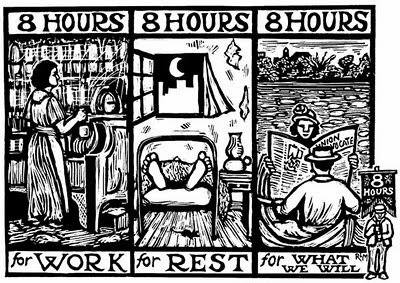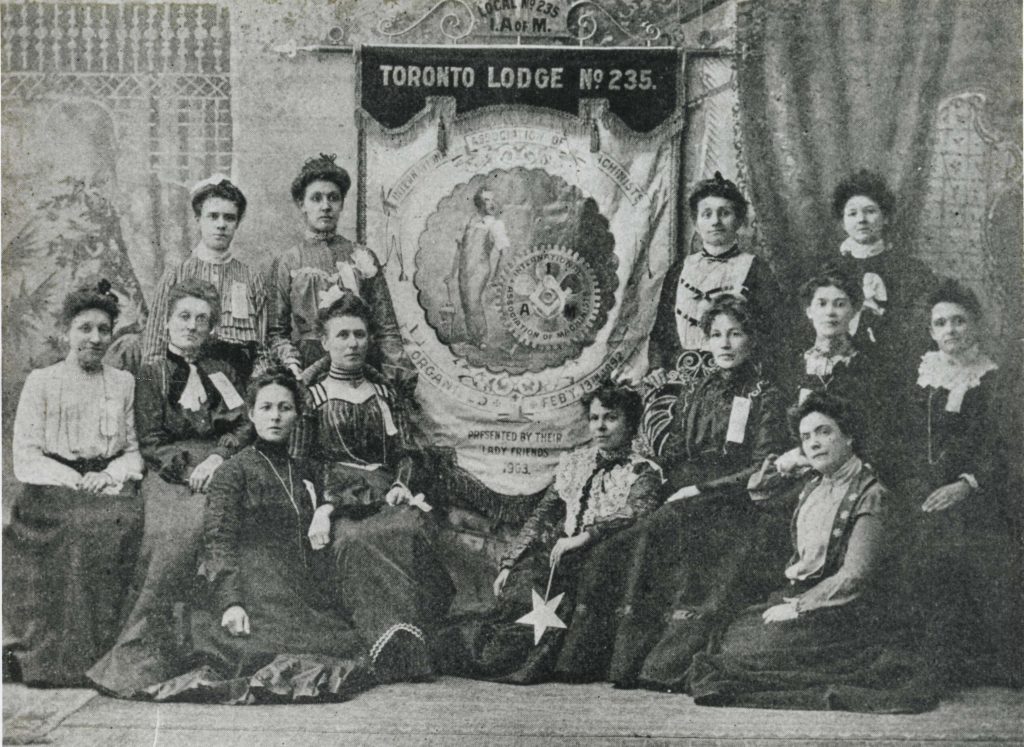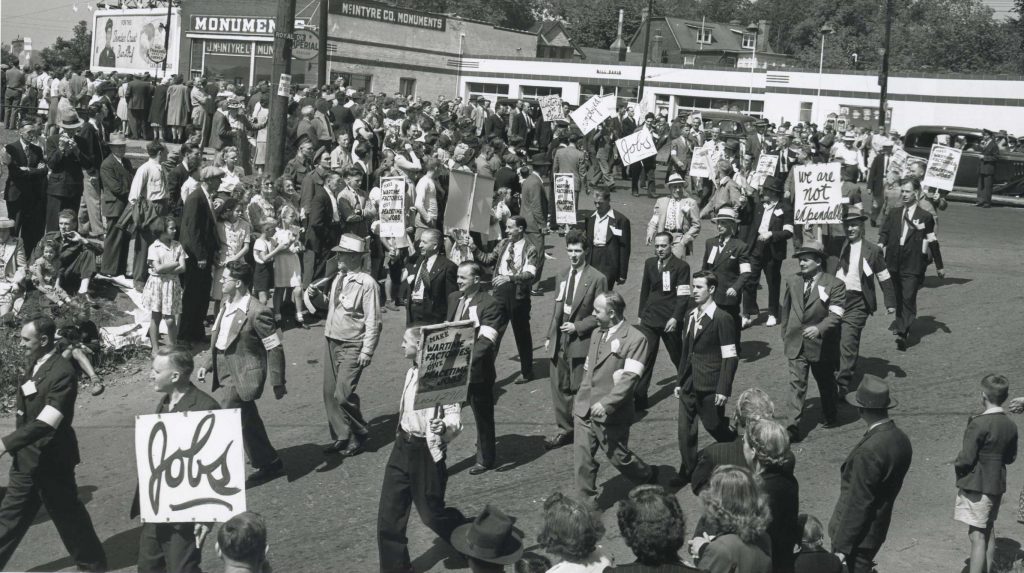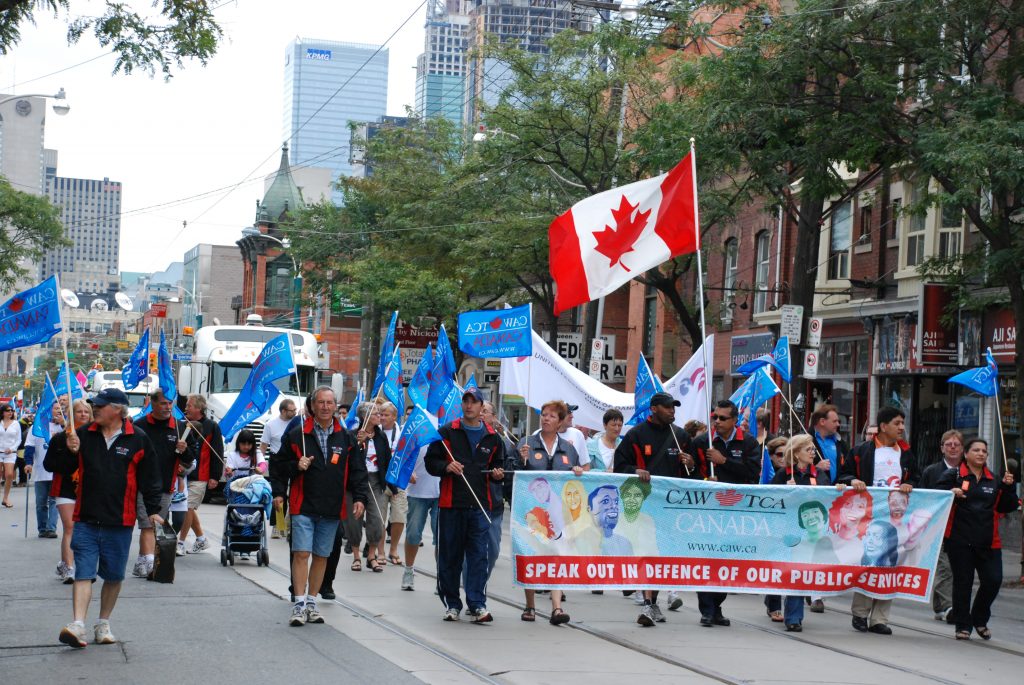
Every Labour Day over twenty-five thousand union members march on the streets of Toronto with the Labour Council to celebrate the achievements of the labour movement. It is the largest parade on Labour Day in North America – a testament to the determination of workers to mark our place in Canada’s largest urban centre. But it is also fitting because the roots of Labour Day are actually in Toronto.
One hundred and fifty years ago a small group of trade unionists came together to give life to an idea – the creation of a collective voice for working people in Toronto. On April 12th, 1871 the Toronto Trades and Labour Assembly (now the Labour Council) was founded by representatives of the emerging economy – barrel-makers, shoemakers, printers, bakers, cigar-makers and metalworkers. They were soon joined by other occupations. It was a time of rising for workers across the world, from the nine-hour day movement to the Paris Commune. Within a year the fledging labour movement in Toronto would be tested.

In February 1872 Toronto workers joined a movement for a nine-hour working day (instead of the existing ten to twelve hours) spreading across central Canada. They argued that this would be better for all of society, and give workers leisure to spend with families, at cultural pursuits, and educating themselves.
Printers at the Globe newspaper went on strike for the nine-hour day a month later and were jailed for criminal conspiracy. The new Trades Assembly decided to hold a “working man’s demonstration”. On April 14, a group of 2,000 workers representing 13 unions marched through the streets in a show of solidarity – the predecessor of today’s Labour Day parade. They picked up even more supporters along the way and by the time they reached their destination of Queen’s Park, their parade had 10,000 participants – one tenth of the city’s population demanding the printers’ freedom and labour rights. The call for justice echoed throughout the country and Sir John A. Macdonald’s government passed the first Trade Unions Act.
The tradition of large parades continued, and in 1882 the first Labour Day was celebrated in Toronto with a huge parade and picnic. Four years later, arrangements were made for free entrance into Canadian National Exhibition for labour members on the first Saturday of the “Ex”, when 50% of receipts were turned over to labour.
Peter McGuire of the Carpenters Union took the idea back to New York with a proposal to mark the first Monday of September as a union celebration. The idea took hold and spread across North America, and by 1894 the Canadian government declared Labour Day a public holiday. A century later the day is a welcome holiday that ends the summer and starts the school year.
Yet the faces marching on Labour Day reflect a spirit of something much deeper. Since the first nations gave us the name Toronto – a “gathering place” – this region has been built by waves of immigrants and refugees. Each new group discovered that in order to have a fair share of Canada’s prosperity they needed collective representation. In the workplace that meant building a union, and from the very beginning our unions adopted the principle that “What we wish for ourselves, we wish for all”.
Working people in Toronto have been on a remarkable journey since 1871. Each Labour Day, we honour those who laid the foundations for a movement that has been so much part of Toronto’s history.


